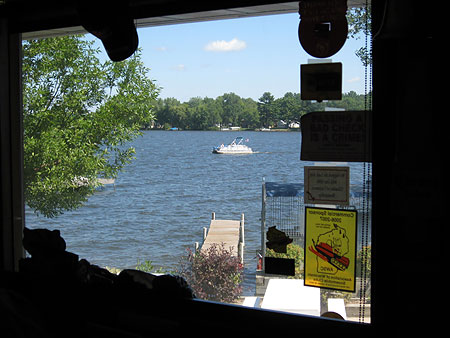How can the Model Food Code Annex be used to alert kitchen designers and consultants of the limitations of air dryers in foodservice, in both the kitchen and restrooms? Biofilms on the hands require the friction added by single-use paper towels. Air dryers lose the log 1 reduction of pathogens attributable to the use of […]
Surface Cleanliness ATP Monitoring
Cleaner sufaces protect hand cleanliness whether hands are bare or gloved. Could the Annex of the Model Food Code be used to raise awareness of ATP technology as a rapid detection method for training, verifying and monitoring surface cleaning procedures. These documented numbers can become part of self-audits as well as third-party auditing reports. Surfaces […]
Soiled-to-Clean Dishware Handling
In many restaurants with dishes washed in dish machines the same person loads the soiled dishes and then removes the clean ware. What are the alternatives in managing hand cleanliness? Adding a second person appears wasteful as does expanding kitchen size to have an additional handsink.
Log 3, 4, 5 Handwashing Procedure
Handwashing effectiveness is commonly measured by log reduction. It is considered to be limited to a log 2 reduction by authors of the Model Food Code. Log 3, log 4 and log 5 reductions may be available by using these integrated best practices: Wet/Pre-rinse hands in a stream of warm water flowing at a rminimum […]
No-Water Handwashing
A process dubbed SaniTwice® was demonstrated at NEHA 2007 to a broad group of surprised operators, regulators and academics – surprised by the positive level of cleaning. Its use is intended for outdoor events and satelite foodservice sites where there is no ready access to running water. SaniTwice® used in conjunction with a recyclable nailbrush […]
Norovirus Hand Sanitizer
New synergized formulations of alcohol hand sanitizer triple the effectiveness on norovirus according to Emory University studies completed by Dr. Christine Moe. This offers the opportunity for operators to use more confidently where a handsink/water is not readily available. Under light soiling conditions, the use of synergized alcohol hand sanitizer appears to be a satisfactory […]
Issue Incubator Overview
The Hand Hygiene CFP Issue Incubator The Conference for Food Protection (CFP) is a valuable forum to enhance away-from-home food safety by guiding operators via biennial updates of the FDA’s Model Food Code. Issues are submitted for Council discussion early in January of the same year as this biennial event, next to be held April […]
Expand Use of Alcohol Hand Sanitizers
The expanded use of alcohol hand sanitizers in foodservice now that efficacy against Norovirus has been proven.
Mock Trial Vividly Portrays Consequences of Lax Food Handling
John Ciarametaro experienced his own ‘Perry Mason moment’ recently. It happened when Legal Seafood’s manager of Lab and Inspectional Services served as a juror during a mock trial of typical food safety litigation. “I attended the annual National Environmental Health Association conference in Atlantic City (NJ),” he explained, “which fulfills the continuing education units necessary […]
Ice Management … NOT!
This idyllic resort scene keeps customers looking out rather than down at its hellish ice management practices. This one ice unit below (two photos) is a very good illustration of at least three ice management issues. How many times have these containers been handled and returned to the ice for storage? The ice scoop is […]



